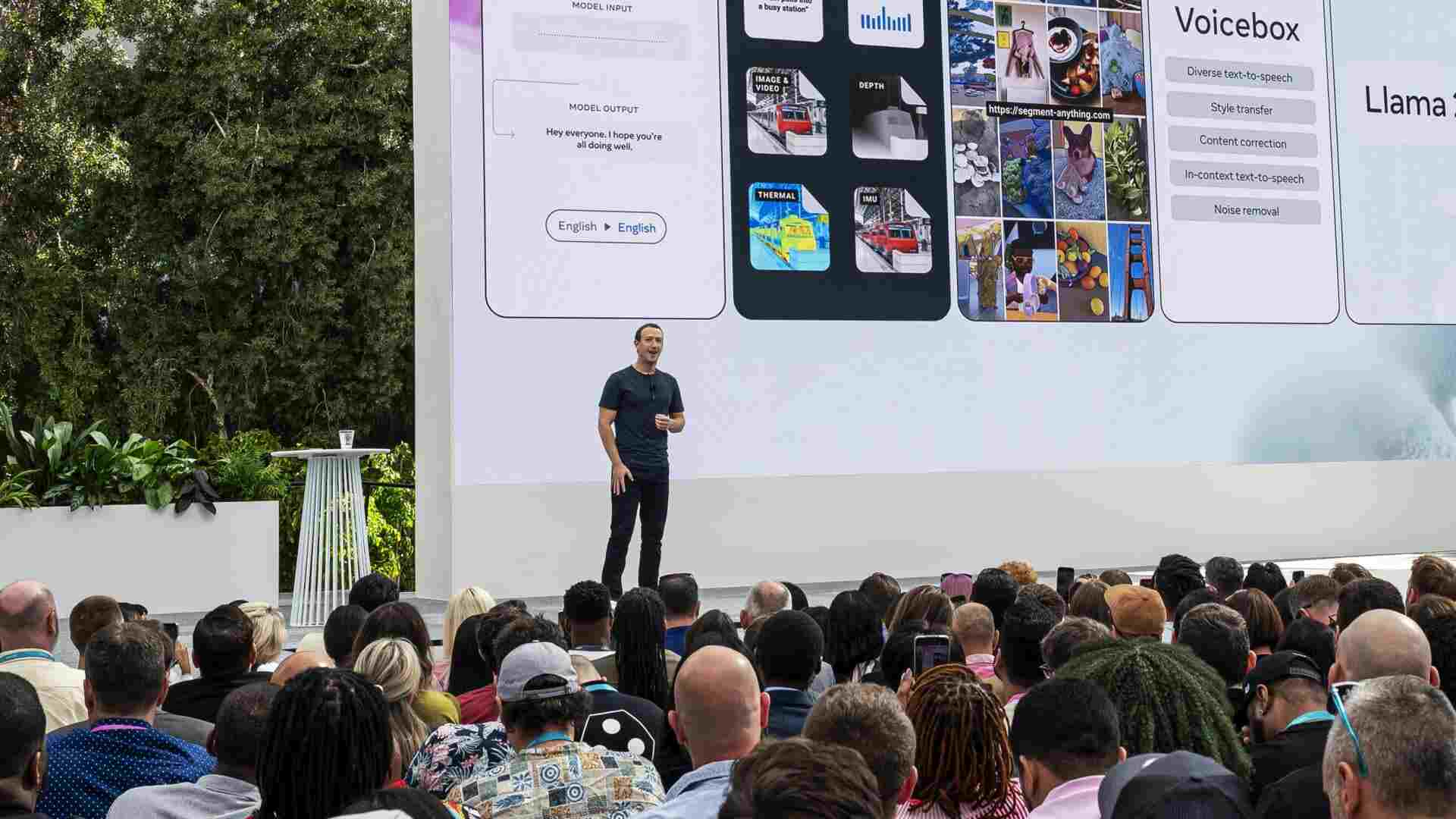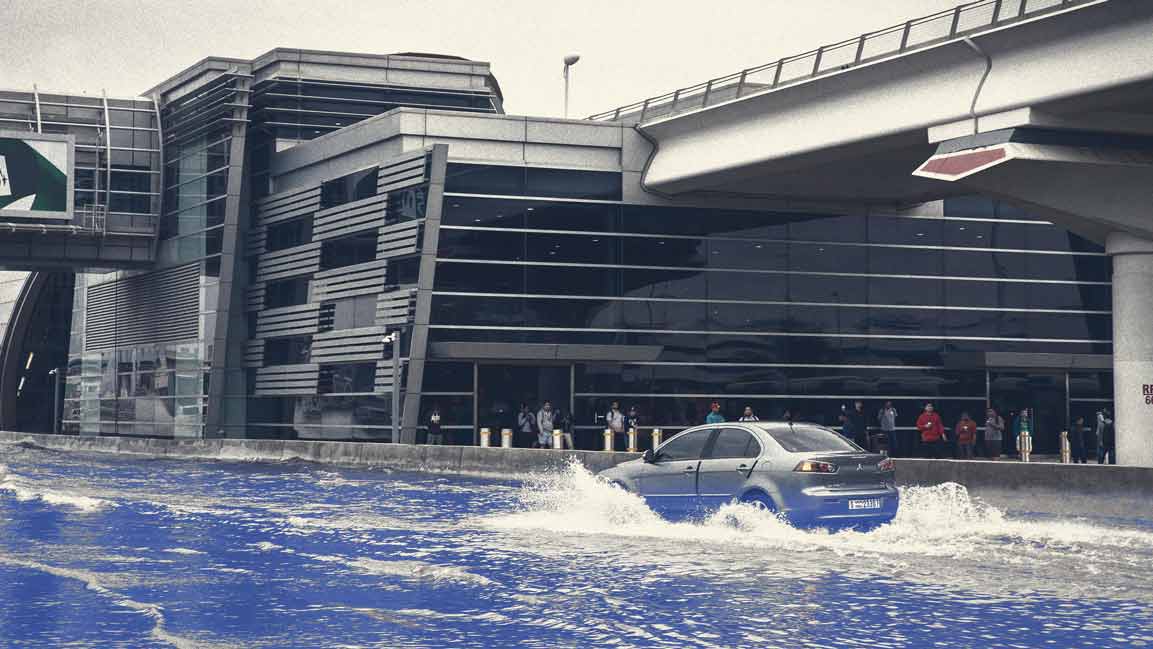- | 10:00 am
SpaceX’s Starlink has soared, but a course correction may be on the horizon
Though its services may be welcome to folks living in broadband-needy areas, Starlink has struggled with demand since exiting its public beta test.

SpaceX’s Starlink broadband satellite constellation has followed a steep growth trajectory. Barely 3 years after the launch of its first set of 60 satellites, Elon Musk’s space startup now has almost 2,700 Starlinks in orbit, connecting people some 350 miles below.
The service—which advertises download speeds of 50 to 200 Mbps and uploads of 10 to 20 Mbps, and touts its absence of data caps—was nearing 500,000 users worldwide in June, per a presentation that CEO Musk shared on Twitter. Among the more inspiring users: Ukrainians defending their country from Russian invaders, and rural Americans who would otherwise be bereft of broadband.
“It’s honestly life-changing for people like my family,” emails Christina Deese, a work-from-home office manager in Cusseta, Georgia, who had previously limped along with slower broadband from a geostationary satellite that had more stringent data caps. “I can now video conference with my team, my supervisors and participate in company remote functions, which I had to pass on before.”
But Starlink has also seemed to struggle with demand since exiting its public beta test. Users have spent months waiting for receiver hardware to ship and reported performance slowdowns. Meanwhile, Starlink has hiked prices—in March, raising its monthly rate from $99 to $110 and bumping its hardware charge from $499 to $599—also, moved to diversify its business by lining up a more lucrative customer base.
But while such clients as airlines and cruise lines may do more to cover capital costs in the billions of dollars, they also complicate SpaceX’s math as it tries to balance demand with satellite capacity. Which may lead to even more rural would-be customers waiting for a Starlink box to arrive.
Deese, for example, put down a $99 deposit for Starlink in June of 2021 but did not have a Starlink kit shipped until February.
Jack Mangold, a retiree in Collettsville, North Carolina, waited even longer, having placed an order in February of 2021 that shipped this past April. He says service has been reliable but not particularly fast, writing in an email that he’s only getting 25 to 50 Mbps downloads.
“It can be all over the place if I test several times a day,” Mangold said.
That, however, still represents a major improvement over his previous connectivity: an antiquated digital-subscriber-line service from AT&T.
In June, the network-measurement firm Ookla’s Speedtest app showed that Starlink’s median U.S. downloads in the first quarter of 2022 hit 90.55 Mbps—a big increase from a year ago, when Starlink downloads sat at 65.72 Mbps, but a drop from the prior quarter’s 104.97 Mbps. (SpaceX did not return an emailed request for comment.)
Ookla also found Starlink offered faster downloads in every other country tested, topping out at 160.08 Mbps in Lithuania. The likeliest explanation: Demand in the U.S. is outpacing demand in other countries. “It’s that constant race between capacity and consumption,” says analyst Roger Entner, founder of Recon Analytics.
Consistency at any one location can be an issue too: The Starlink connection must be handed off from one satellite to another, and nearby obstacles can block the signals. For example, Deese says tree foliage can sometimes interrupt the connection for several seconds.
Peggy Schaffer, executive director of the ConnectMaine Authority, says Starlink users in her state often need a backup connection, such as a smartphone’s mobile-hotspot function.
Schaffer adds that some rural Mainers have reported an extra complication: “The equipment uses more power than most off-the-grid homes with solar can manage.”
With all of these obstacles to adoption in mind—and with last year’s infrastructure law providing some $42 billion in federal funds to build out wired broadband—industry analysts don’t expect Starlink to do more than fill in gaps in coverage. For example, the market-research firm GlobalData predicts that low-Earth-orbit satellite broadband won’t exceed 1% of the U.S. residential market through 2027, with fiber-optic broadband taking the biggest bite out of cable’s market share.
But while Starlink’s most enthusiastic early adopters could resent that forecast, Musk himself might not. He has stayed uncharacteristically conservative about Starlink’s possible reach, saying in June of 2021 that it’s “really meant for sparsely populated regions.”
Starlink’s recent move to start selling service to recreational vehicles at much higher prices—and without a wait for hardware to ship—risks embittering the customers who need Starlink the most.
“They threw a wrench in their whole effort,” Entner commented, adding this option is open to queue jumping by people placing orders for Starlink RV service who don’t own RVs.
In a June filing with the Federal Communications Commission (FCC) urging the agency to deny Starlink’s bid to offer service to moving vehicles, ships, and aircraft, Harold Felt, senior vice president of the consumer advocacy group Public Knowledge, griped that “SpaceX has decided to give customers in rural America a back seat to gamers on mountain tops and luxury RVs.”
The FCC granted Starlink’s request for mobile service anyway, leading to the company’s announcement of a $5,000/month maritime service for large boats. It’s also signed up Hawaiian Airlines and the small regional-jet carrier JSX to start using Starlink for inflight Wi-Fi, which each airline says will be free to use.
In order to build out its constellation, it seems clear that SpaceX will need multiple revenue streams to cover costs that, according to Musk’s own prediction, could hit $30 billion. SpaceX’s current FCC authorization allows a first-generation deployment of 4,408 satellites, but an August 2021 FCC filing envisages a second-generation system of 29,988 satellites.
That volume of satellites raises concerns over orbital congestion and interference with Earth-based astronomy, but it will also require a bigger rocket: SpaceX’s not-yet-flown Starship. That two-stage, fully reusable transport could deploy many more Starlinks per launch than the 60 its Falcon 9 can deliver today.
“Falcon 9 isn’t going to do it,” says Marco Cáceres, an analyst with the Teal Group.
SpaceX also needs Starship to loft its version 2.0 Starlink satellites (larger, heavier and higher-capacity successors to the current model).
“We need Starship to work and to fly frequently, or Starlink 2 will be stuck on the ground,” Musk told Everyday Astronaut host Tim Dodd in a May YouTube interview in which he called those next-gen satellites “much more capable.”
But while Musk had once predicted a first orbital flight of Starship in January, that’s now looking like a 2023 proposition.
“Elon Musk is known for being optimistic with his timeline,” says Laura Forczyk, owner of the space-consulting firm Astralytical. “That said, it probably will be next year.”
Starlink’s two rivals for low-Earth-orbit broadband, the U.K. firm OneWeb and the Amazon subsidiary Project Kuiper, have their own launch holdups. OneWeb is hiring SpaceX to complete its 648-satellite constellation after canceling a contract with Russia’s Roscosmos following Russia’s invasion of Ukraine. The launch schedule for Kuiper’s planned 3,236-satellite constellation relies on three rockets, none of which has yet to lift off.
Unlike those other providers, SpaceX builds its own rockets. And its boss has a motivation beyond money to make them work.
“Ultimately, his goal is to get Starlink up, but the bigger goal is to colonize Mars,” says Cáceres. “And for that, he needs Starship.”






































